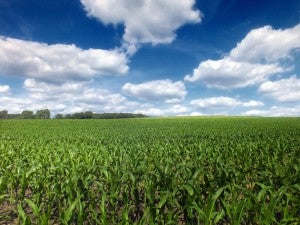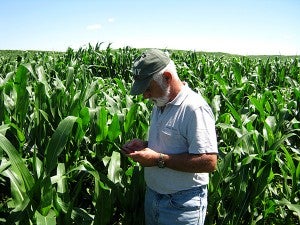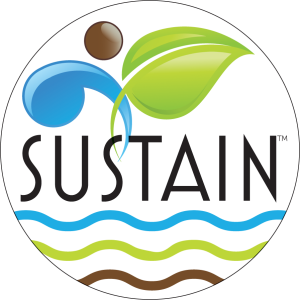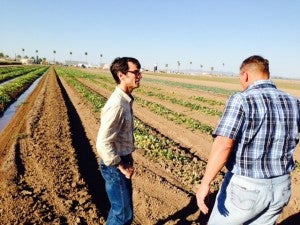
Credit: Flickr user Ruben Holthuijsen
There is no shortage of news about the contamination of drinking water sources caused by fertilizer run-off from agriculture. And there is no shortage of regulatory responses to these events: Ohio and Michigan’s commitment to reduce phosphorus levels in Lake Erie by 40 percent; the nitrate lawsuit in Des Moines, Iowa, and Monday’s ruling on the Environmental Protection Agency’s authority to enforce total maximum daily load specifications for the Chesapeake Bay.
In addition, food companies wanting to source sustainably grown grains to meet that consumer demand and reduce their own supply chain risks are sending the same signal, further shining the spotlight on the growing demand for improved environmental outcomes from how we produce food.
If farmers can help meet these demands by being increasingly efficient with nutrients and protecting their soils, they will see nearer term benefits and possibly stem future regulations. Here’s why:











 There’s a new reason to celebrate your favorite sugar cookie. The Campbell Soup Company has
There’s a new reason to celebrate your favorite sugar cookie. The Campbell Soup Company has 




